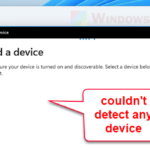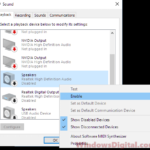If you have just upgraded your PC to Windows 11 or Windows 10 and can’t find the Playback and Recording devices options where they usually are, here’s how to open them:
- Right-click the speaker icon on your taskbar and select Sound. This will bring up the Sound settings window.
- From there, you can go to the Playback tab to see a list of your audio playback devices or the Recording tab for your microphones and other recording devices.
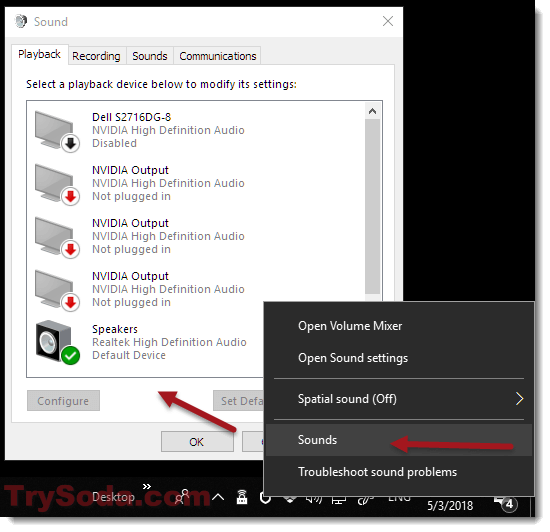
Note: In Windows 11, after selecting Sound settings via the taskbar, you’ll need to select “More sound settings” on the Settings page to open the Sound window.
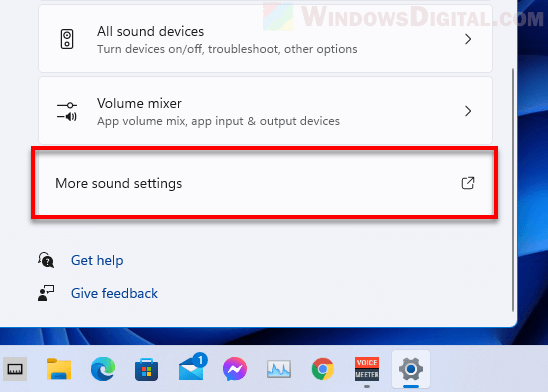
If the Playback devices won’t show up or won’t open when you click on them, it may be due to a bug or conflict during the update. Try running Windows Update to see if it fixes the issue.
Playback devices showing “No audio output device is installed” in Windows 11/10
If there is no audio device listed in the Playback tab and you see “No audio output device is installed” in Windows 11/10, it means that Windows has not detected a connected speaker, or the driver for your speaker is not installed or has become corrupted. Here’s how to fix it.
If you have a driver CD for your speaker, install it now. This should fix the problem. If you don’t have the driver, follow the solution below to reinstall your audio driver.
- Go to the Start menu and search for Device Manager, then open it.
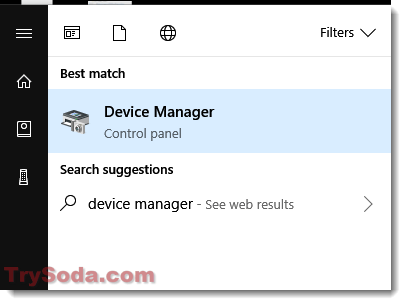
- Expand Sound, video and game controllers.
- Right click your audio device. In the screenshot below, I have multiple audio devices in my computer. You might see different devices.
- Click on Update driver.
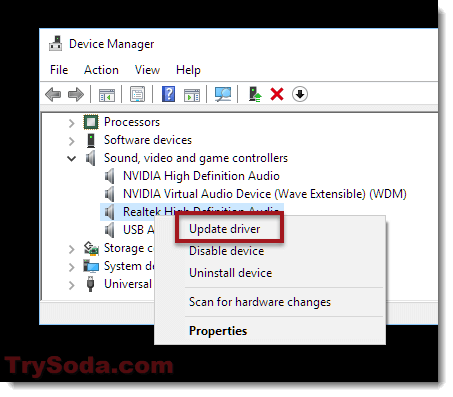
- Click Search automatically for updated driver software.
- When the driver is finished installing, restart your computer. Your audio should work now.
If you don’t see any device listed under “Sound, video and game controllers,” look under “Other devices” to see if there is any audio device with an exclamation mark. If so, it means that the driver for the connected audio device is not installed. Right-click it and select “Update driver.” Click “Search automatically” to let Windows find the driver automatically.
Related issue: Audio Not Working on Windows 11/10 After Update
If it fails to find a suitable driver, right-click it again and select “Update driver.” This time, select “Browse my computer for driver software.” In the next screen, click “Let me pick a list of available drivers on my computer.”
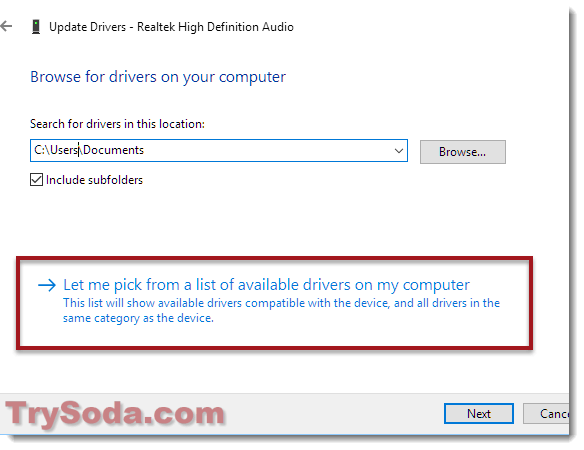
You may see different models in the list. For now, we will try with the Realtek High Definition Audio driver. Select it and then click “Next.” Windows will now install the driver automatically. When it’s done installing the driver, restart your PC. Your audio should work on the next restart.
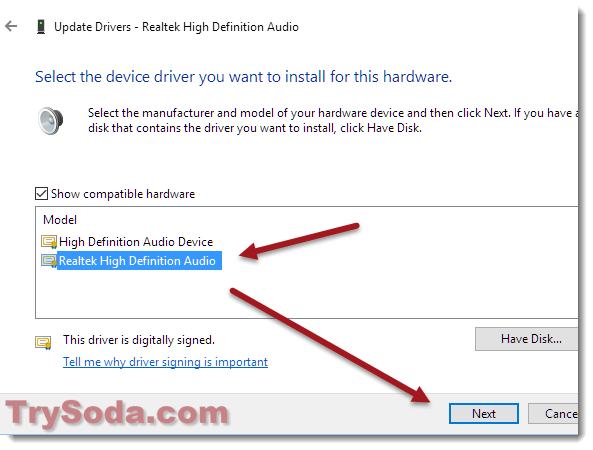
Uninstall and reinstall audio device in Windows 10/11
If none of the above solutions work for you and the Playback devices tab is still not showing anything at all, another workaround you can try is to uninstall and reinstall your audio device:
- Open device manager.
- Expand Sound, video and game controllers.
- Right-click your audio device, then select Uninstall.
- Restart your computer.
- On the next startup, Windows will automatically attempt to download the driver that best matches your audio device from the Windows Update driver repository and install it. This should also fix the problem.
Other things you can try to fix the issue
Sometimes, even after you’ve tried all the suggested steps, you might still have random problems with your audio devices. If you’re stuck, here are a few more things you could look into:
- Make sure your speakers or headphones are connected right and turned on. Also, check that the volume is up and not on mute.
- Windows has this tool called the Audio Troubleshooter that can help find and solve common sound problems. To use it, just head to the Start menu, then Settings, System, Troubleshoot, Additional troubleshooters, and finally, Playing Audio. Just follow what it tells you to do on the screen.
- Resetting Windows might be your last resort if nothing else works. This takes your PC back to how it was when you first got it. Just don’t forget to save all your important stuff somewhere safe before you do this.
Sometimes, the problem is that your audio device just isn’t compatible with Windows 11 or Windows 10 (likely hardware issue). If that’s the case, you might need to find a new device that gets along with your operating system.
